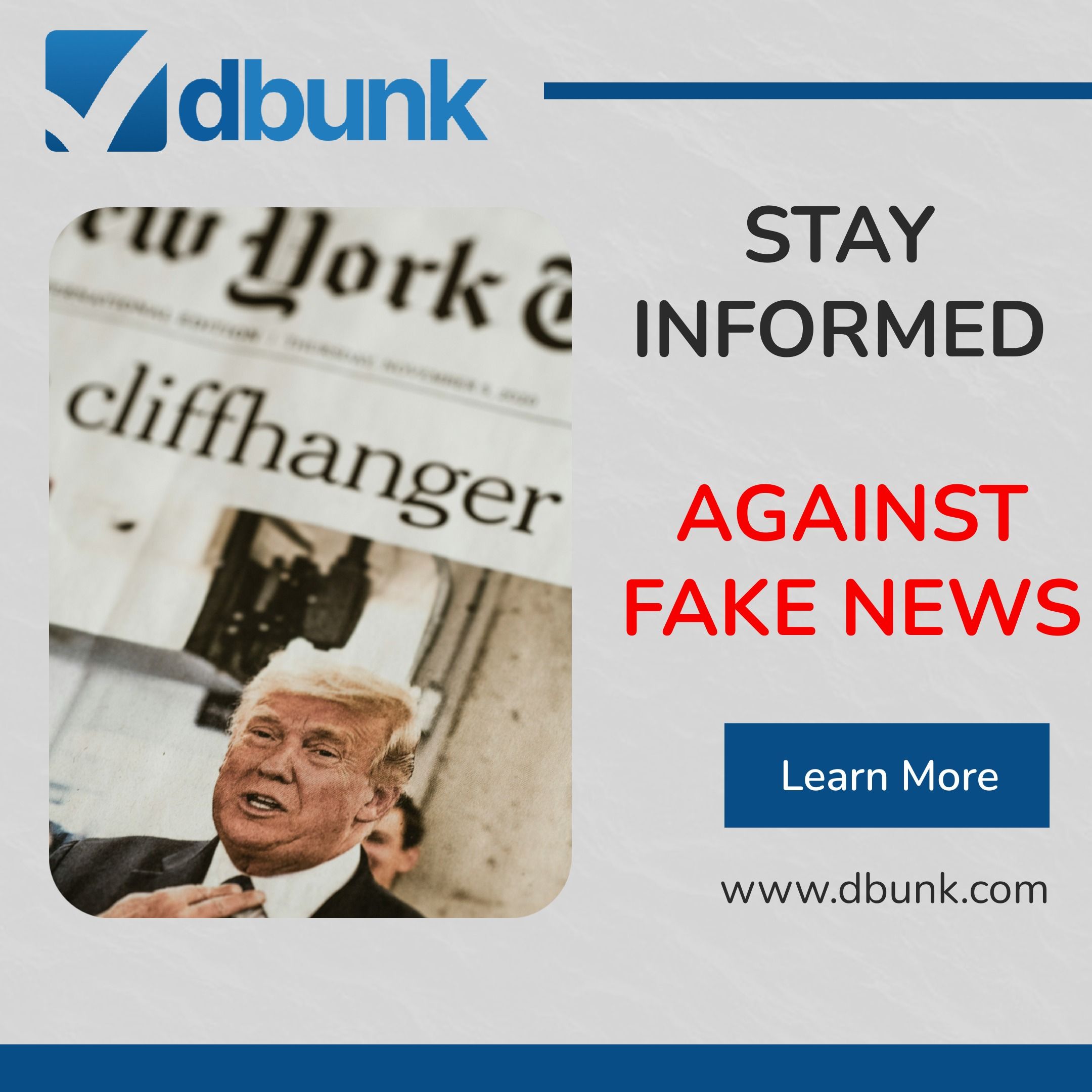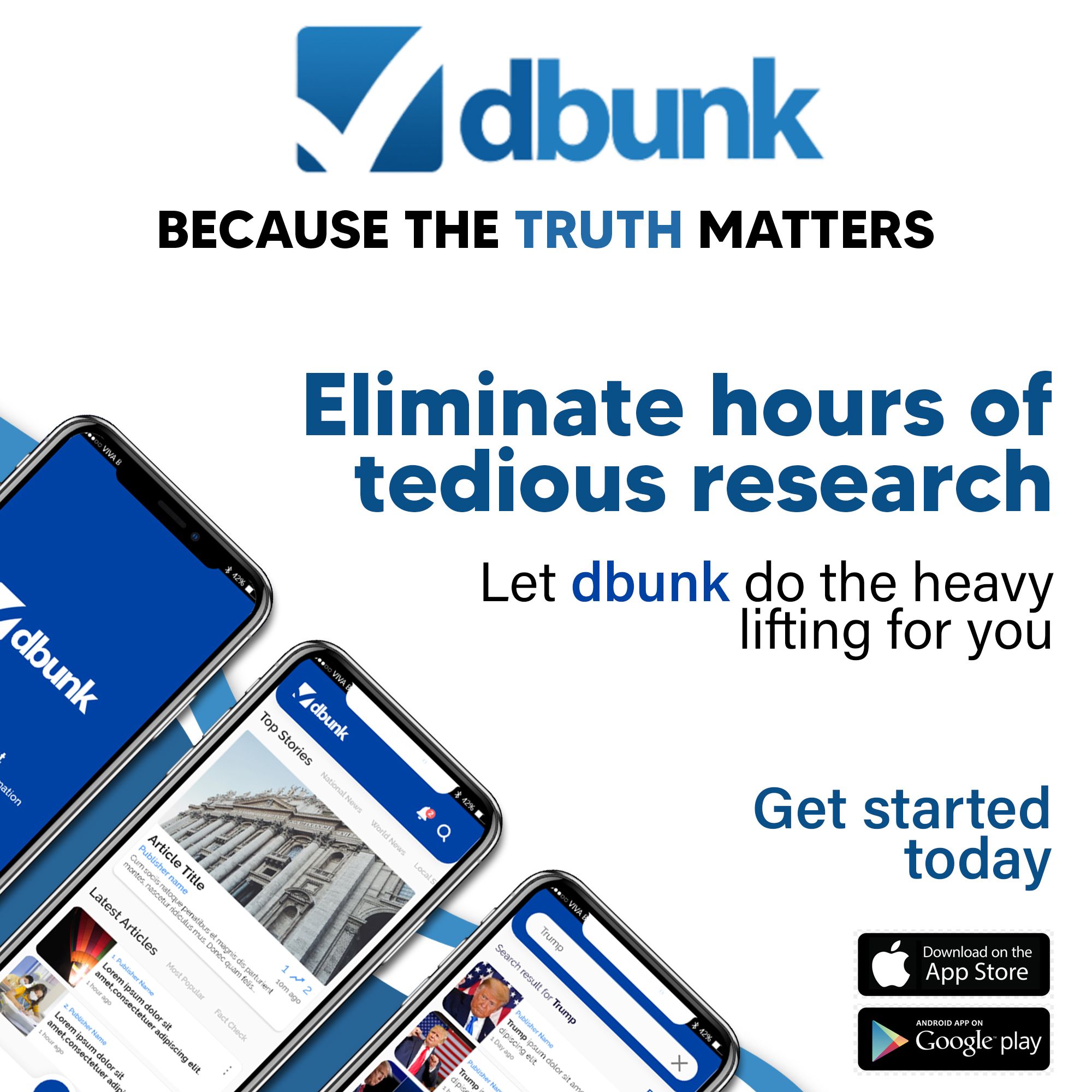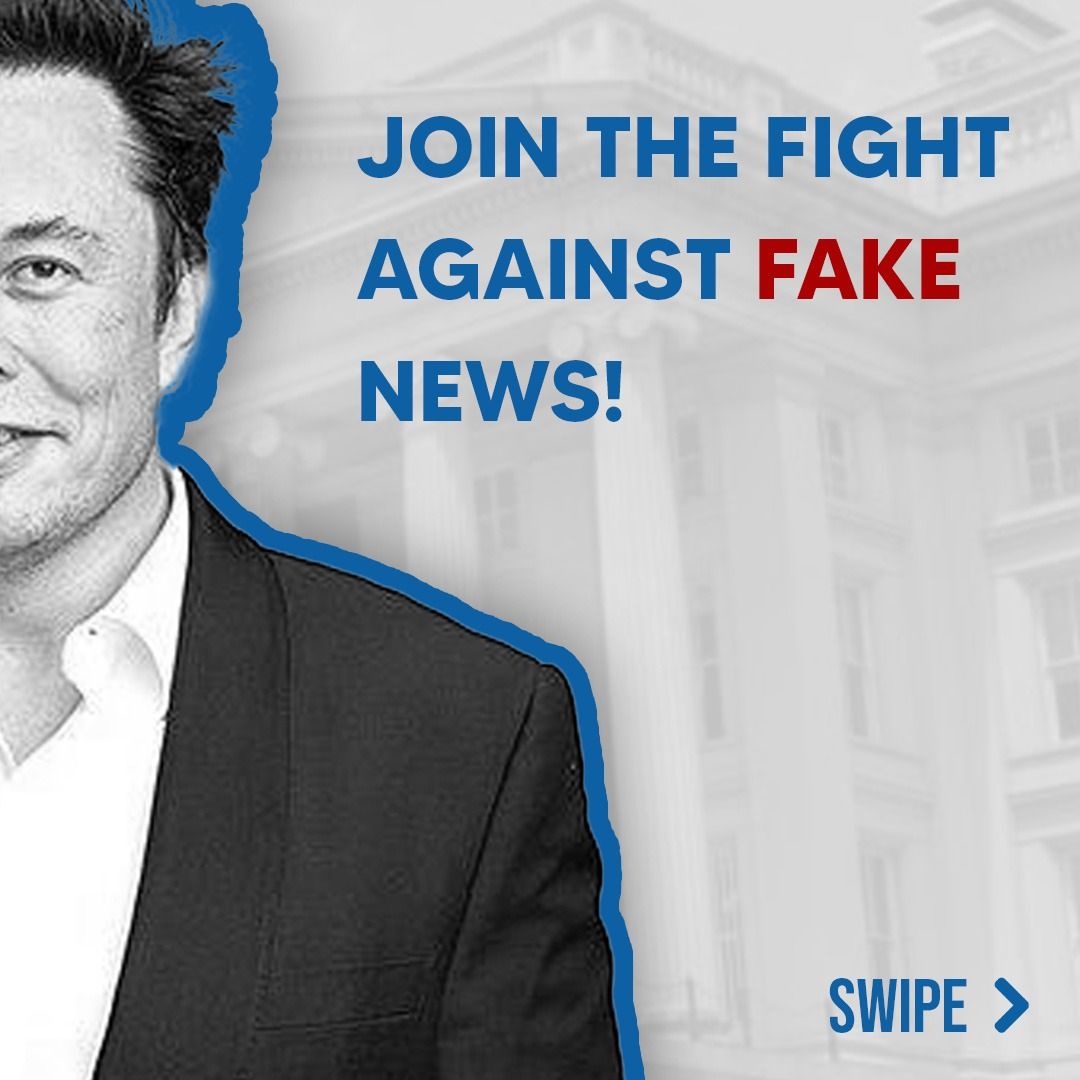“`html

Fact Check Analysis: Did the Biden Administration Pass Responsibility for the TikTok Ban to Trump?
Submitted by a DBUNK subscriber for clarity and accuracy, this article titled “Biden administration will leave it to Trump to implement TikTok ban” raises questions about whether the Biden administration is sidestepping its duties by leaving the implementation of the TikTok ban for the incoming Trump administration. Let’s dig into the facts and provide clarity on the claims made.
Key Claim Under Review
The article suggests that the Biden administration is “passing the buck” to President-elect Donald Trump by refusing to enforce the TikTok ban. It further implies that the law, part of the “Protecting Americans from Foreign Adversary Controlled Applications Act,” creates a legal requirement for the U.S. government to take immediate action against TikTok for its ownership ties to China. Our question: Is this an accurate portrayal, or is there more to the story?
Misinformation and Misrepresentation Found
1. Misleading Framing About Biden “Refusing to Act”: The article opens by stating that the “Biden administration doesn’t plan to take action that forces TikTok to immediately go dark for U.S. users.” While technically accurate, this framing oversimplifies a more complex timeline. The law itself goes into effect just one day before Biden leaves office, and according to the conditions described later in the article, enforcement requires action from multiple tech companies and app providers, not the current administration. This makes the suggestion that Biden is directly choosing not to act misleading.
Additionally, Biden’s statement—”It will be up to the next administration to implement”—is logically framed as complying with the unfortunate timing of the law, not necessarily as a deliberate attempt to offload responsibility. Leaving this context out risks oversimplifying the situation.
Image: Stay informed against fake news, dbunk fights misinformation effectively

2. Misrepresenting Legal Obligations Post-January 19: The article highlights that the app stores and internet-hosting companies (e.g., Apple and Google) could face fines for continuing to support TikTok after the law’s enactment. However, enforcement discretion still lies with the Department of Justice and associated regulatory agencies. Characterizing the situation as one where the app must immediately “go dark” ignores this nuance and how enforcement capabilities are subject to evolving legal actions, many of which remain unresolved.
One crucial piece of missing information is whether the Biden administration took preliminary steps, such as directing investigations or offering legal clarity about enforcement, which is not mentioned in the article. Factually, the absence of such detail could mislead readers into believing the administration has been entirely passive, which cannot be verified based solely on the article’s content.
Image: Eliminate research hours, dbunk simplifies truth-seeking, get started today.

Questions the Article Leaves Unanswered
Many readers, including one of our DBUNK users, justifiably wonder, “If the law has already passed, why wait until the last day—or sidestep altogether—to enforce it?” However, the answer to this lies in understanding how such laws are practically enforced. Shifting the burden entirely to Biden personally overlooks key governance mechanics:
- The specific authority to enforce comes with administrative priorities and technical challenges, particularly around the need for tech companies (not governments) to suspend services to TikTok.
- Biden’s ability to grant an extension under three narrowly tailored Congressional conditions may suggest reluctance rather than outright defiance—but this legal limitation is not highlighted for readers.
This missing context not only affects how readers interpret Biden’s role but also fails to explain the broader implications for tech companies and TikTok’s parent company ByteDance—ultimately painting an incomplete picture.
Broader Context and Biased Language
The article appears to adopt emotionally charged language (“stunning” and “pass the buck”), applying a partisan undertone to a highly procedural issue. The emphasis on Trump’s negotiations and “the dealmaker” narrative sits on the opposite extreme, portraying him as uniquely willing to save TikTok while downplaying the Supreme Court’s deliberations and Congress’s regulatory gridlock as contributing factors.
While understandable that media outlets strive for engaging storytelling, overemphasis on individual politicians’ roles risks underplaying structural complexities. Readers seeking clarity need more focus on facts, timelines, and procedural impartiality rather than character-driven narratives.
Graphic: Join the Fight Against Fake News

Our Conclusion
While this article covers significant political and legal issues surrounding the TikTok ban, it leans into oversimplifications and misses key structural context. The narrative overemphasizes individual actions by Biden and Trump while downplaying the role of tech companies, legal enforcement discretion, and statutory limitations. The decision to leave enforcement to the “next administration” is less about irresponsibility and more about timing within an inherently complex system.
For readers who crave factual, nonpartisan clarity, DBUNK is here to simplify truth-seeking and strip away sensationalism. Submit your own fact-checking questions via the DBUNK app—coming soon—to hold misinformation accountable together.
“`

